"Adaptacja. Sztuka dopasowania się" w ŻAK Gallery
Autor: Tomasz Gutkowski

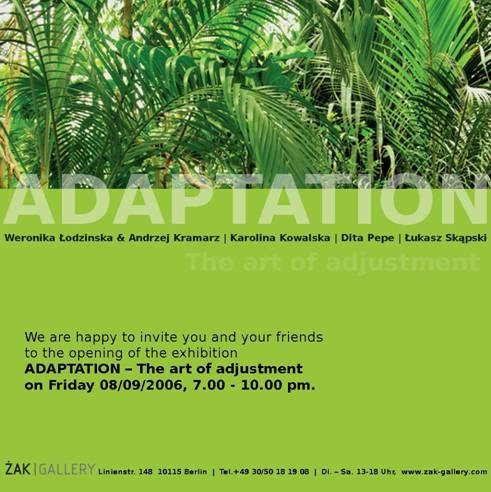
ŻAK Gallery istnieje na artystycznej mapie Berlina od czerwca 2006 roku. Asia Żak i Anna Morlinghaus mają ambicję prezentowania prac uznanych i obiecujących artystów z Polski, Czech, Słowacji i Węgier. Zakończona właśnie wystawa inauguracyjna {IT|Alien Sky] pogodziła takich artystów jak Sławomir Decyk, Gábor Kerekes, Barbora Kuklíková, Grzegorz Przyborek, Janek Simon, Łukasz Skąpski, Miro Švolik.W drugiej prezentacji dominują Polacy, szczególnie ci, którzy podobnie jak Asia Żak było lub są związani z Krakowem.
Nie to jest jednak punktem spajającym cztery projekty. Co prawda każdy z nich powstawał niezależnie, jednak kuratorki celnie wyłowiły z nich interesujący je kontekst - adaptację. Mowa tu nie tylko zdolności przystosowywania "się" człowieka (podobnie jak całej natury) do zastanych warunków, ale także zdolności do "uczłowieczenia" przestrzeni w jakiej przyszło danej grupie przebywać.
Traktory własnej produkcji, czyli projekt "Maszyny" Łukasza Skąpskiego prezentowany był w Galerii Potocka w maju tego roku, tropikalne "Okna na zimę" Karoliny Kowalskiej dwa lata temu w Bunkrze Sztuki, a "1,62 m kw. domu" Andrzeja Kramarza i Weroniki Łodzińskiej - historie mieszkańców noclegowni dla bezdomnych opowiedziane z perspektywy zajmowanej przez nich "przestrzeni życiowej" - w Galerii Camelot podczas MFK 2004. Czwarty projekt podejmujący banalny z pozoru temat wpływu stroju na tożsamość to znany cykl "Autoportret" Dity Pepe, absolwentki opawskiego Instytutu Twórczej Fotografii.
Poniżej krótki tekst prasowy po polsku oraz dłuższy tekst kuratorski po angielsku (czekamy na wersję polskojęzyczną). Ze strony galerii można ściągnąć katalog wystawy.
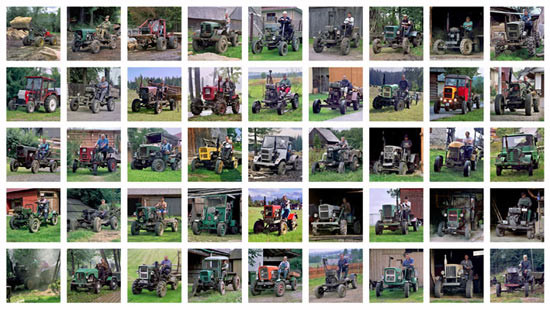
"Adaptacja. Sztuka dopasowywania się"
Dostosowanie i przyswojenie są najbardziej skutecznymi sposobami przetrwania lub przynajmniej osiągnięcia podstawowego komfortu życia. Nie jest istotne, czy dotyczy to przynależności jednostki do pewnej grupy społecznej, wewnętrznych jej przeżyć w szarym, sztucznie stworzonym środowisku czy poradzenia sobie w trudnych warunkach.
Galeria ZAK od 9 września do 28 października pokazuje pięciu artystów z Polski i Czech, którzy w swoich pracach poruszają temat sztuki dopasowywania się.
Jak mieszkańcy schroniska dla bezdomnych, aranżują swoje 1,62 m? piętrowego łóżka? Czy ubranie zmienia człowieka? W pokazywanych zdjęciach i filmach video atrakcyjna estetyka łączy się z analitycznym podejściem do tematu.
Karolina Kowalska, Weronika Łodzińska i Andrzej Kramarz, Dita Pepe, Łukasz Skąpski
ŻAK | Gallery, Linienstr. 148, Berlin - Mitte
Godziny otwarcia galerii: wtorek- sobota, 13.00 - 18.00
Otwarcie wystawy: piątek, 08.09.2006, od godziny 19.00 do 22.00
Czas trwania wystawy: 09.09 - 28.10.2006
This is the way nature works: the chameleon changes its color according to the environment, birds imitate ring tones or build their nests from plastic waste. The same principle is valid for people as well. Adaptation and appropriation are the most successful strategies for survival or at least for achieving a certain luxury. Necessity is the mother of invention, goes the saying. We are not talking at all about the basic adaptations to a hostile nature. Fire was already discovered and tamed, the wheel-invented. Also - and exactly here! - in our complex, civilized societies the fundamental principles of adaptation and appropriation are in force. It does not matter if it has to do with belonging to a certain group, with spiritual survival in a denatured living environment or to find the way under adverse circumstances. That same resourcefulness has marked the development of the mammoth-hunting cave dweller to the so-called postmodern person, who playfully wanders through virtual spaces and dines on micro waved deep-frozen products.
The necessity to adapt oneself grows today exactly as it has been at all times out of scarcity and adversity. That sometimes yields surprising results. The projects, shown in "Adaptation", are united by the creative examination of stumbled-on problems and their solutions. The artists approach the issue very differently: some document adaptations - Weronika Łodzińska and Andrzej Kramarz through the beds at one homeless shelter in Krakow or Łukasz Skąpski through the self-made tractors of farmers in southern Poland. Other artists adapt themselves. Karolina Kowalska juxtaposes desolate winter window vistas with tropical green. Dita Pepe explores the truism that clothes make the man and his/her identity.
What unites all the projects other than that is the fact that all the adaptations at which they point come out of very specific social situations. That is why they contain a critical dimension, which the photographers make interesting beyond its aesthetic side.
People might be reminded of their childhood when one could playfully copy and experiment with social models. Old tyres turned into boats; a paper bag on rollerblades became a car. Disguises allowed for a spontaneous changing into a different personality. These games exercised ways of conduct, which in the modern industrial society are seemingly no longer necessary. The works in "Adaptation" also point in this direction - on the edge and in the middle of a seemingly canonical and satisfied society are material as well as spiritual necessities ubiquitous. The homeless men's beds, photographed by Weronika Łodzińska and Andrzej Kramarz in a shelter in Krakow, are far from being mere sleep locations - they show the character of the "Inhabitants", their longing for privacy, their interests and preferences. The fact that the circumstances define the possibilities, in spite of the adaptation abilities, and what could be made out of them, is just as relevant for the "Machines", which Łukasz Skąpski photographed. The pride with which the farmers allow themselves to sit on the tractors as if on a throne applies to their own resourcefulness as well.
The Czech photographer Dita Pepe addresses the adaptations in contrast to intra-social processes. Her staged photographs play with the effects of one?s exterior. In her double portraits she conveys the characteristic traits of the people with whom she lets herself be photographed. She herself transforms with the help of make-up and clothes. This way the artist questions wide-spread evaluation standards, the belonging to a certain group and identity per se.
The grey through the city windows in the winter can be counteracted. The more developed and populated the surroundings are, the bigger the longing for nature. Instead of changing the place, Karolina Kowalska proposes adapting the place with the possibly simplest medium: the window offering the desolate panorama of grey facades is exchanged with one through which the lush, succulent green of a tropical forest glows, as both an allusion to and illusion of Paradise.
Bettina Lehmann


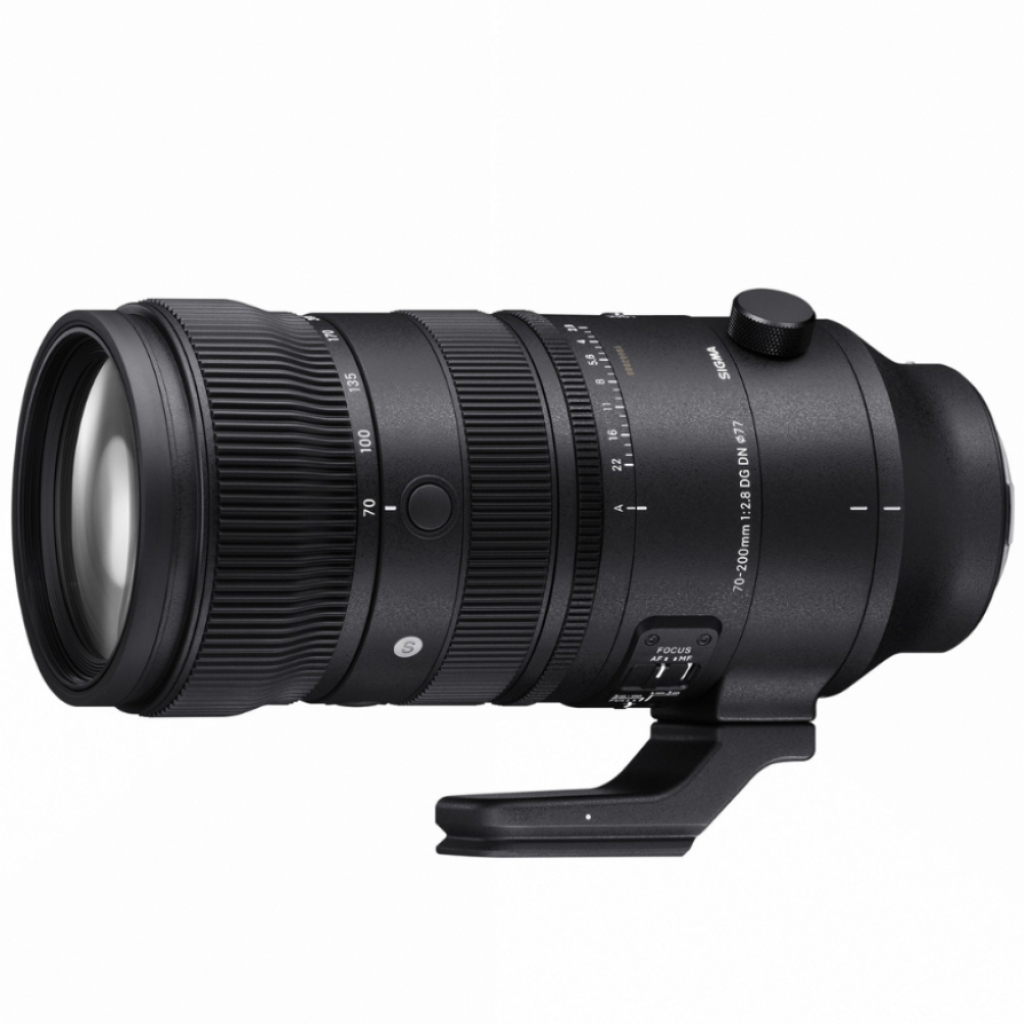
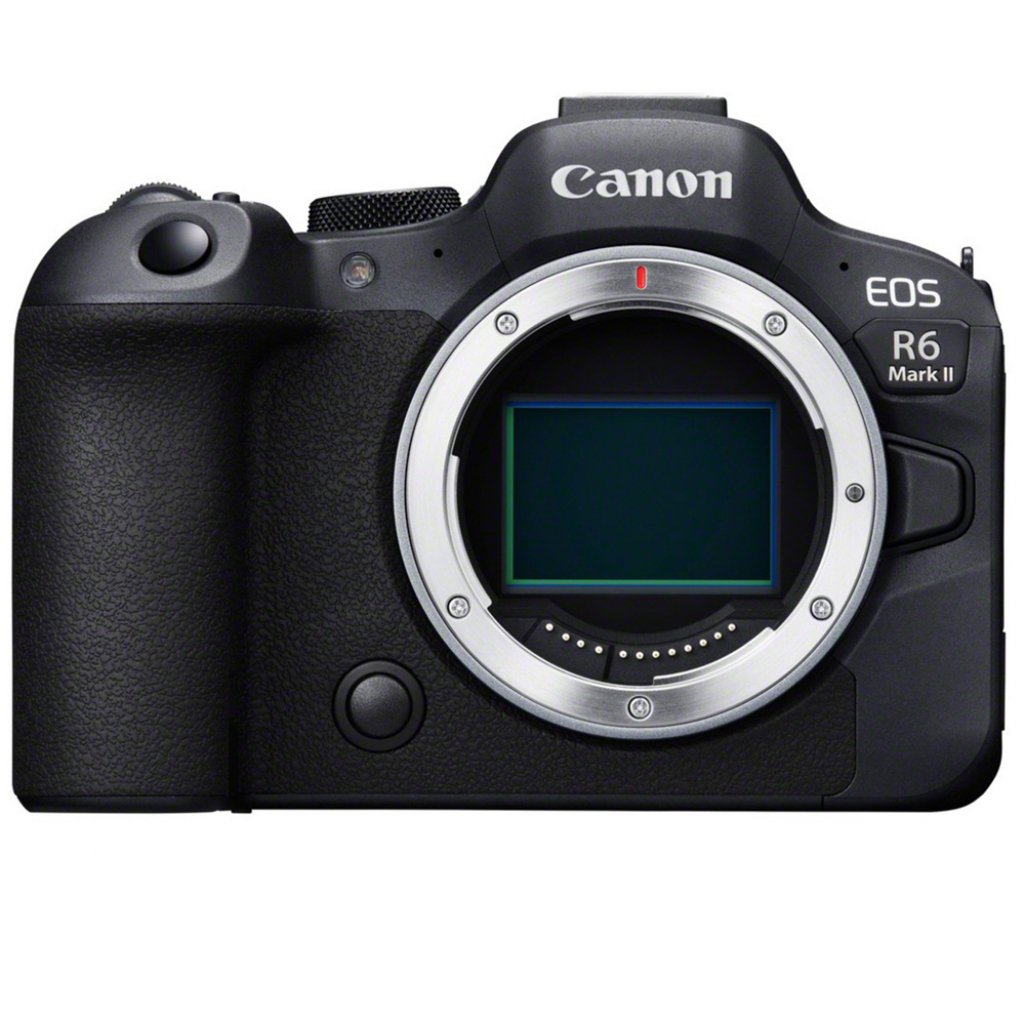
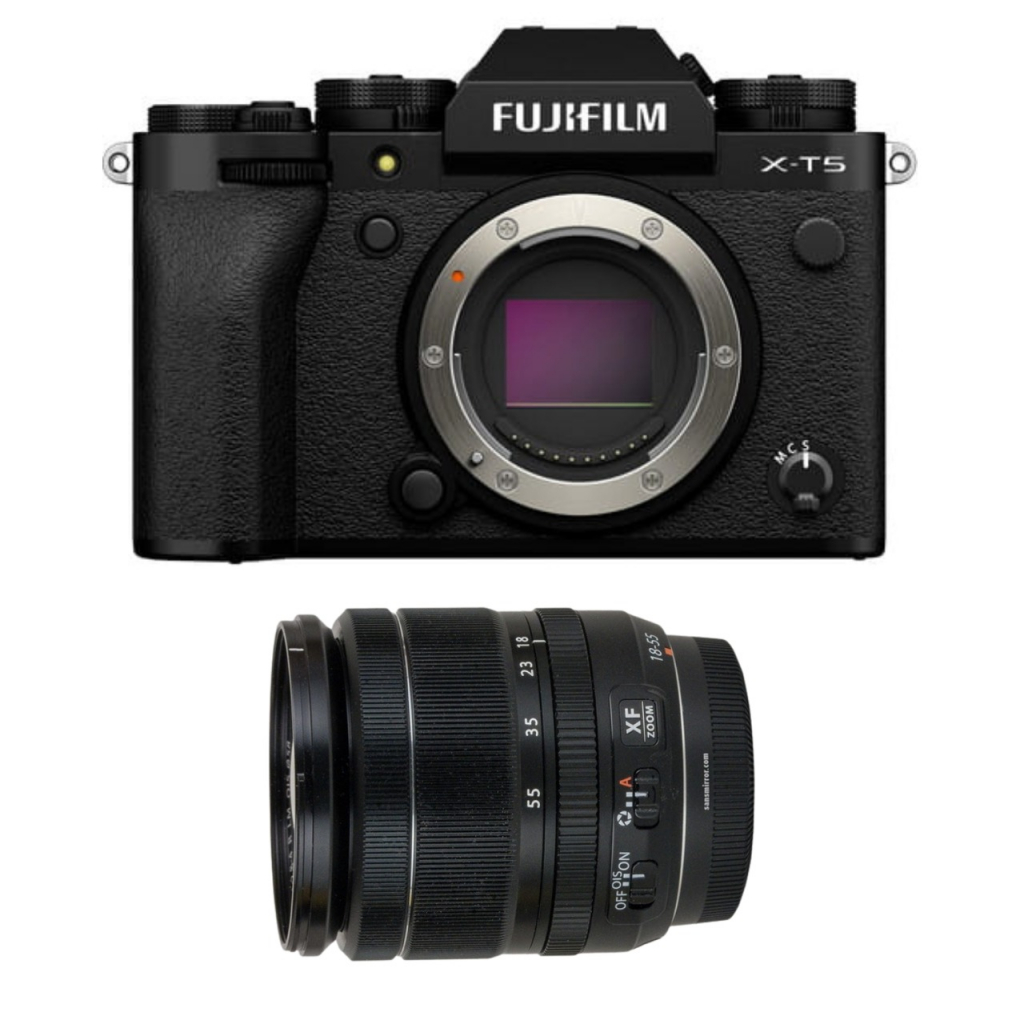

Übersetzung: Elena Chardakliyska















![Nikon Nikkor Z 600 mm f/6.3 VR S - test praktyczny i zdjęcia przykładowe [RAW]](/i/images/8/5/2/d2FjPTMxN3gxLjUwMA==_src_227852-DY6A6732_nikon_600mm_f63_test-top.jpg)









 Newsletter
Newsletter


 Newsletter
Newsletter




























